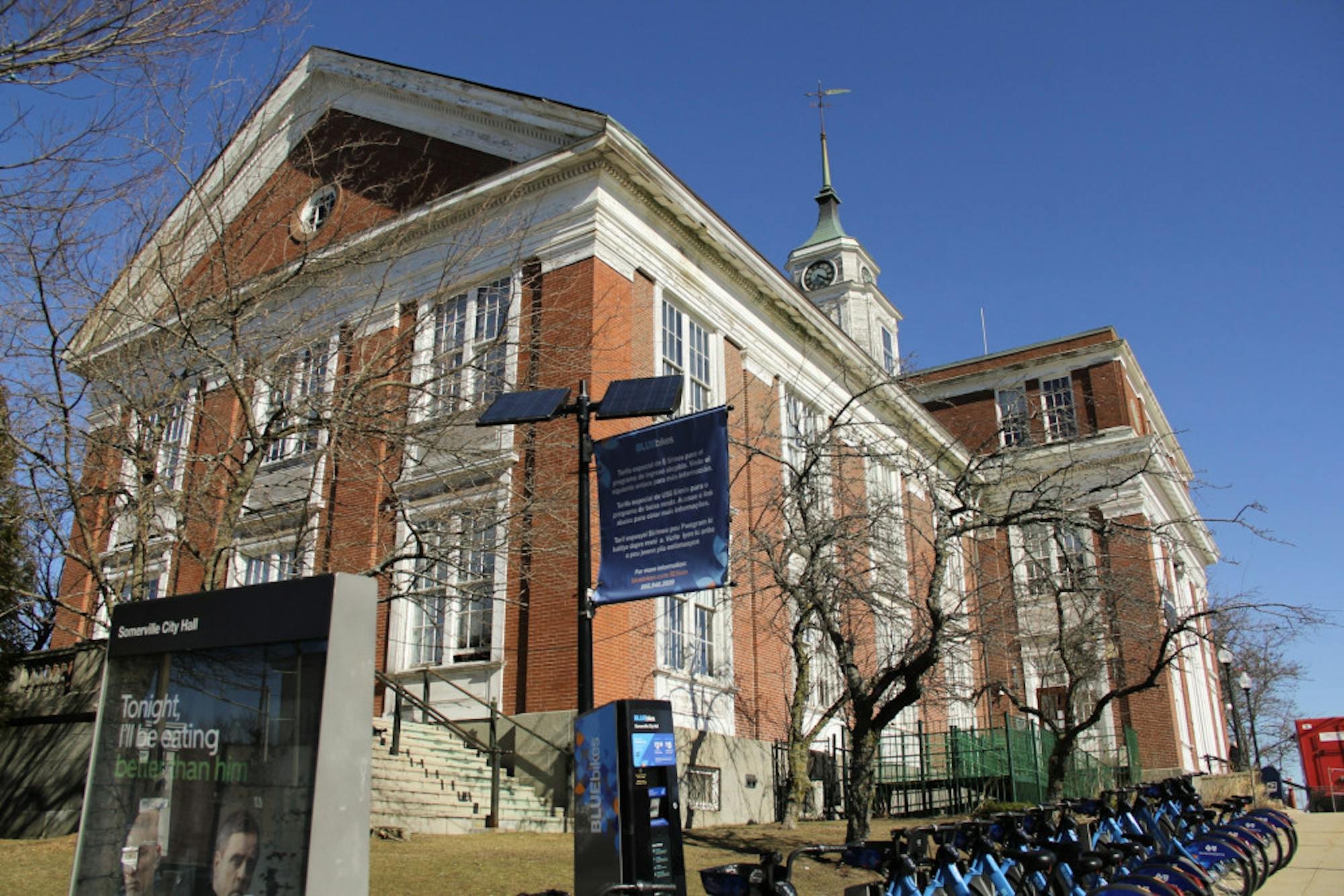The City of Somerville plans to launch a new consolidated rental waitlist in late 2023 to simplify the application process for reduced-cost housing opportunities as part of the city’s expanding inclusionary housing program.
Amid Somerville’s housing crisis, Ashley Tienken, the director of the Housing Advocacy Program at the Community Action Agency of Somerville, argues that “in our community, the biggest threat is gentrification.”
Tienken says the construction of luxury apartments and increasing rent costs are forcing out low-income tenants.
“Their families have been in the community for decades. This is their home,” she said. “What gentrification is doing to the city is raising rent costs … which are making it almost completely unattainable to be able to afford a market-rate apartment in Somerville.”
On top of the shortage of affordable housing, several barriers make the application process more difficult. Inclusionary rental units are apartments created through requirements under the Somerville Zoning Ordinance, which requires that 20% of all new housing in projects with four or more units be affordable. Currently, people must individually apply for each rental opportunity that interests them in the inclusionary housing program.
Ben Wyner, an inclusionary housing specialist for Somerville’s Housing Division, seeks to solve these problems.
“We’ve heard that running up against deadlines, not having sufficient time to fill out applications … [or] not hearing about a particular opportunity in time are all issues for households,” he said.
Tienken notes that contacting clients in a timely fashion is also a challenge.
“The other barrier to applying for affordable housing … is clients move, information changes and you are responsible for updating all of that,” she said. “If you don’t update that information, then [clients] don’t get alerts when [their] time may come to … do the final steps to be able to move into an apartment.”
Shomon Shamsuddin, a professor of urban studies at Tufts, is working with a group to study administrative burdens in conjunction with Housing Navigator Massachusetts.
He explained that because government programs have limited resources, in theory, paperwork ensures that services are going to people who need them and that money isn’t being wasted. The reality can be different.
“If and when programs are intentionally administratively burdensome … they’re creating all this work and making it more difficult for people to access [them] as a way to help limit service and also reduce the spending on services,” he added.
The new measure aims to directly address this issue by streamlining this process so that only one application is required for all upcoming rental opportunities.
Alanna Gaffny, the inclusionary housing program manager for Somerville’s Housing Division, told the Daily “there’s a ton of intention around making sure that we’re doing things in an equitable way … truly just trying to make sure that it’s not an administrative burden for people.”
The new application is meant to be much more straightforward and won’t require any backup documentation.
“We’re hoping that it’s going to be a no-brainer for households that would qualify for the program to fill [the application] out,” Wyner said.
The project, which has been in conception for almost a decade, will roll out in three phases.
“The first phase was creating a waitlist manual for our staff to refer to that includes all of the guidelines for the program, as well as coming up with an application,” Wyner said. “The second stage, what we’re doing right now … is community education. And then the third phase is the implementation.”
As part of this process, applicants will be grouped into three tiers that give preferential placement in the waitlist. Those in the first tier are people who currently live in Somerville, have at least one child in Somerville Public Schools or are homeless at the time of applying. The second tier includes those who have been displaced from Somerville in the last two years and who work 20 or more hours in Somerville. The third tier has no preference.
There are also several additional, co-equal priorities that include experiencing domestic violence, having accessibility needs, being at risk of imminent displacement or living in a unit determined uninhabitable by the Inspectional Services Department. Within each of the three tiers, applicants who have a priority will be listed ahead of those who don’t.
“In the past, Somerville had an … anti-displacement methodology to our tenant selection,” Wyner told the Daily. “Now, we’re really looking at at-risk households on top of that.”
Professor Shamsuddin noted the limitations of this measure: it is proposed to only apply to inclusionary housing units that are built after the waitlist is implemented and does not include the many other forms of affordable housing in Somerville, such as public housing.
“I think right now it’s a good first step,” Shamsuddin said. “It would be great if you can expand to some of those other programs, but they’re administered by different groups [which presents] a coordination issue.”
Tienken echoed Shamsuddin's hope for a more expansive solution.
“It’s not a solution to the lack of housing in Somerville by any means but it does remove the barrier from … trying to access [housing],” she said. “So it's more of an access issue, not an inventory issue.”
Gaffny is hopeful for the impact of this project in the future.
“I’m very optimistic and excited that there’s going to be some continuity between so many different projects that are all over Somerville,” she said. “We're working with folks all the time … connecting people with units … and making sure that, as quickly as possible, that they’re being settled somewhere they can call home in Somerville.”






